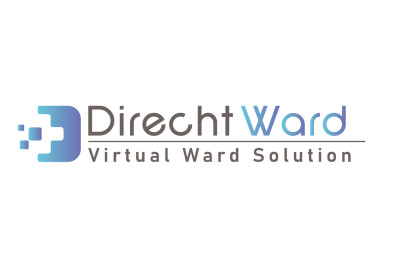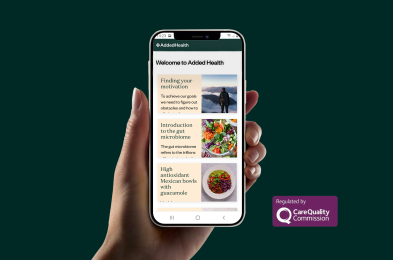 Under evaluation with potential for adoption
Under evaluation with potential for adoption
AF and AF related Stroke data landscape tool
NICE guidelines demonstrate the quality standards for evidence-based pathways of care, providing key markers and recommendations. The main challenge is bridging the information gap between guidance and effective implementation. To do so means gaining a truer understanding of your starting point, thus enabling the identification of the most important opportunities for improvement.
The AF and AF-related Stroke Landscape Tool
The GM AHSN Atrial Fibrillation (AF) and AF-related Stroke Landscape Tool provides NHS organizations with a common evidence platform to help stimulate and accelerate improvements to the AF patient pathway.
About
Using key public data sets to inform the NICE CG180 quality standards guidelines, the tool can help pinpoint where in the pathway to best direct resources to maximize the benefit to the patient.
A unique decision-making tool that can provide the broadest evidential picture of current standards of care
The tool provides the most timely reporting of key national data sets, from HES, QOF, ePACT, SSNAP and most recently we have secured the national GRASP-AF data, as well as the national TTR (time in therapeutic range) data sets from INRStar and 4S DAWN. For the first time gathering together data sources on AF from primary and secondary care, alongside commercial data sets, all in one place. This means that we are able to see all the key elements of the current AF care pathway to find exactly where change should take place.
A tool tailored for your decision-making:
- Timely and accurate access to the latest national data sets, where you can compare your regional data with national averages and NICE targets
- An engagement tool to help you to bring together operational, clinical and management roles and make the decisions needed to drive change throughout your organization
- Tools and real-world data to help track the impact of the changes you make and potentially measure improvements over time
- Tailored to the needs of each organization and branded to fit alongside other reporting tools and databases
- You will receive your own flat file for planning purposes and rapid interrogation, with quarterly updates
The landscape tool is undergoing continuous updates and improvements, including usability testing at the School of Computer Science (University of Manchester), and organizations using the tool will be invited to shape further developments in a series of national/regional meetings.
For more information and access to the demo website contact:


